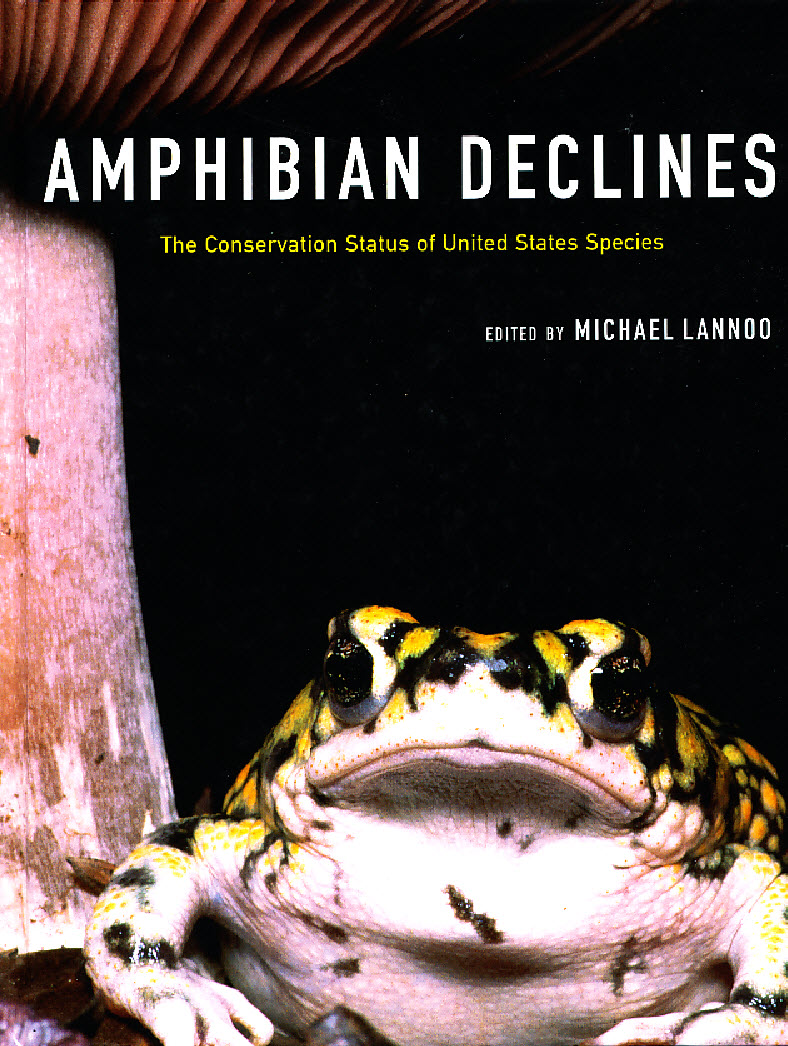Geographical information systems and survey designs
Abstract/Summary
A GIS facilitates the organization and visualization of data, and can give biologists a better understanding of their landscapes, as well as identify data gaps. The objective of this paper was to introduce how to use a GIS to design and undertake amphibian surveys. Using Yellowstone National Park as an example, we used GIS to select sampling areas using randomized techniques, and to select watersheds within these areas. Within these watersheds, we then used GIS to visualize potential amphibian pond breeding habitats for field sampling. Results from this sampling effort were then organized as a GIS layer depicting the distribution and abundance of amphibian breeding populations. The GIS layer created from these data has become the baseline for comparisons with future surveys.
Publication details
| Published Date: | 2005 |
| Outlet/Publisher: | Lannoo M, editor. Amphibian declines: the conservation status of United States species. Berkeley: University of California Press 320–325 |
| Media Format: |
ARMI Organizational Units:
Rocky Mountains, Southern - BiologyRocky Mountains, Northern - Biology

